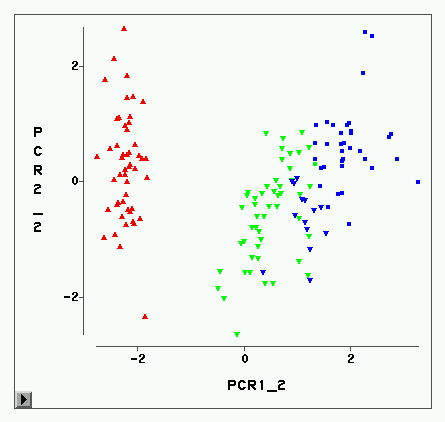Evaluation of the safety perceptions of roundabout users is crucial for improving road safety in mixed-traffic environments. The crash- and conflict-based analyses do not incorporate the socio-demographic characteristics of the roundabout users, which can only be captured through questionnaire surveys on a larger scale. This research evaluated the relationship of roundabout safety perception with demographic factors, driving characteristics, and varying roundabout geometries using multiple correspondence analysis, cluster analysis, factor analysis, and multinomial logistic regression. The study analyzed data from 1,530 respondents across two Indian cities. The study identified three roundabout user clusters. Single-lane roundabouts were perceived as safer during entry and circulation, with a significant prominence among middle-aged users. In contrast, double- and multi-lane roundabouts presented higher perceived risks during exit maneuvers, especially among young, inexperienced, unemployed/self-employed users. Vulnerable road users reported significantly higher perceived risks, especially under suboptimal lighting conditions. Respondents with 10-20 years of driving experience, especially car users, perceived lower risk at single-lane roundabouts but acknowledged the higher risk linked to speed variations and complex maneuvers at multi-lane roundabouts. Driving experience, vehicle type, and geometric configurations were crucial in roundabout safety perception. The study highlighted the need to improve the built environment of roundabouts for vulnerable road users. The roundabout merging area was perceived as the most dangerous spot; however, exits were also perceived as dangerous for double- and multi-lane roundabouts. The findings can benefit policymakers, engineers, and urban planners by enabling them to deploy targeted safety interventions based on issues highlighted in the study.
翻译:暂无翻译



